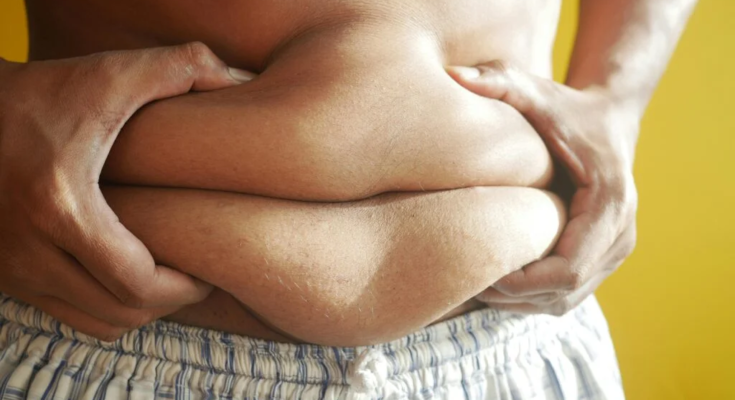Introduction
When a person’s body burns more calories than one consumes, the calorie deficit allows the body to access and burn stored fat for energy. These aspects involve complex metabolic processes that transform fat into usable fuel. By understanding how the body burns fat, individuals can make informed choices about their food intake, exercise, and lifestyle for effective and sustainable weight loss.
1.Storing Fat: How the Body Works
- As a result of ingesting excess calories, fat is primarily stored in fat cells known as adipocytes.
- Triglycerides are fat reserves.
- To meet energy demands, lipolysis is a process that breaks down stored fats.
2.Calories and Their Role in Weight Loss
- The calorie deficit must be maintained to achieve weight loss, meaning the use of energy must be greater than energy consumed.
- Caloric use ranges from activities such as respiration, digestion, and mobility.
- Aiming for a caloric deficit between 500 and 1000 per day should result in a steady weight loss of 0.5 to 1 kg weekly.
3.Lipolysis: The Mechanism of Fat Burning
- Hormonal Signals: In order to provide energy whenever the body needs it, hormones such as epinephrine (adrenaline) and norepinephrine signal fat cells to release their stored triglycerides.
- Breakdown of Triglycerides: The triglycerides are broken down into glycerol and free fatty acids.
- Energy Production: Free fatty acids are transported to mitochondria, the powerhouses of a cell, where they oxidize.
- Cellular Respiration generates the end products of fat-burning metabolism; carbon dioxide is expelled through the lungs while water is eliminated in urine or through sweat.
4.How Exercise Aids in Fat Burning
- Cardiovascular Exercise (Aerobic Exercise): Activities such as running, cycling, swimming-lift heart rate, and encourage fat burning.
- Strength Training (Anaerobic Exercise): Lifting weights facilitate muscle gain, helping raise metabolism and also promotes fat loss while at rest.
- High-Intensity Interval Training (HIIT): Short bursts of intense exercises coupled with short rest intervals are said to burn fat promptly and increase the rate of metabolism.
5.How Diet Affects Fat Loss
- Protein-Rich Diet: This helps preserve muscle mass and increases satiety.
- Healthy Fats (e.g., avocados, nuts, olive oil): Helps support hormone functioning and energy balance.
- Low-Carb and Intermittent Fasting: Metabolic influences putting to use bodied stored fat when searching for energy.
- Hydration: Proper water intake for fat metabolism and removal of fat breakdown waste.
6.Factors That Influence Fat Burning
- Age: Metabolism slows with age; it can cause difficulties with the process of losing fat.
- Genetics: Some people tend to store fat or burn fat more efficiently.
- Hormones: Insulin, cortisol, thyroid city-these hormones have their way in fat metabolism.
- Sleep and Stress: Inadequate sleep and excessive stress increases the production of fat and slows down metabolism.
7.Fat Loss Misunderstandings
- “Spot Reduction Works”: You cannot target fat loss in specific regions (for example, doing sit-ups won’t burn belly fat).
- “Fat Turns into Muscle”: Fat and muscle are two different tissues; one can’t turn into the other.
- “Not Eating versus Weight Loss”: Slow down the rate of metabolism, and this can lead to later binges.
Conclusion
Weight loss is a scientific principle derived from the combination of caloric balance, fat metabolism, exercise, and proper nutrition. By creating a caloric deficit by restricting energy intake and activity level within an expected target, the body will efficiently work through stored fat reserves for energy use when living in a standard of health. These principles enable the achievement of long-term sustainable weight loss.



